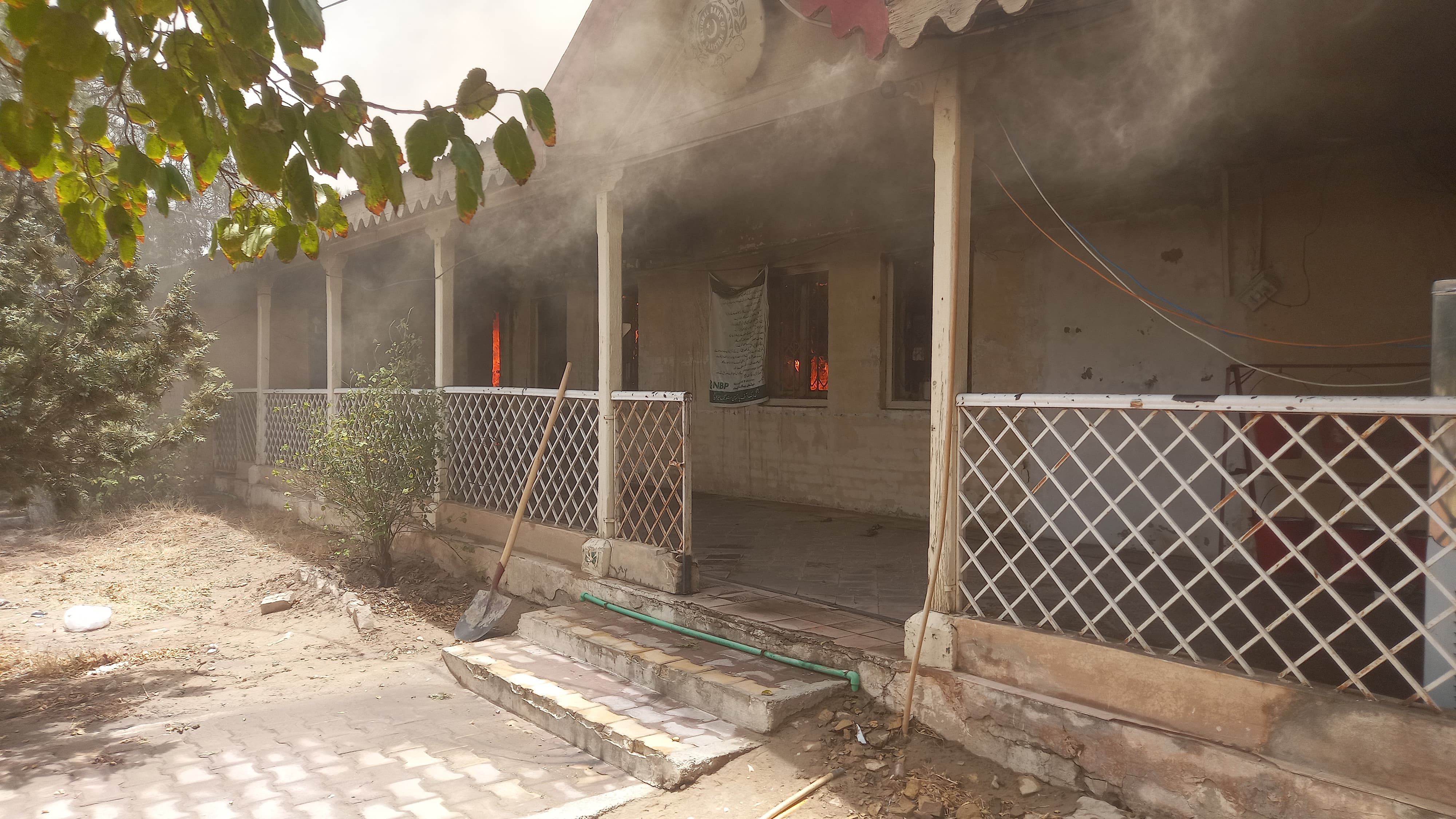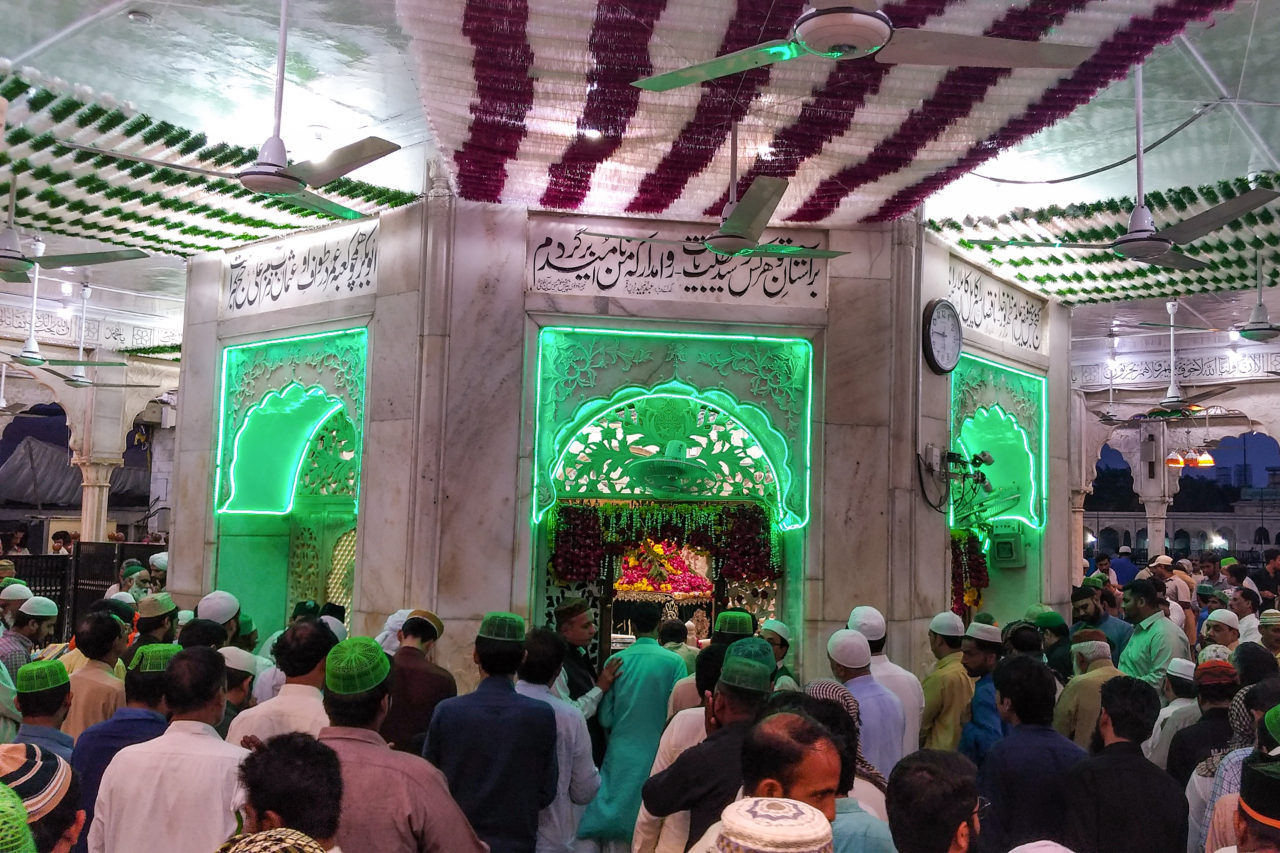GuyFawkes
Politcal Worker (100+ posts)
The death of Prophet Muhammad (peace be upon him) occurred in 632 CE, and the compilation of the six major Hadith books occurred over the next two to three centuries. During this time, the Hadith were primarily transmitted orally from generation to generation.
- Muwatta Imam Malik: Compiled by Imam Malik ibn Anas, the Muwatta was written in the late 8th century (around 767-768 CE), approximately 135 to 136 years after the death of the Prophet.
- Sahih Bukhari: Compiled by Imam Muhammad ibn Ismail al-Bukhari, Sahih Bukhari was completed in the early 9th century (around 846 CE), approximately 214 years after the death of the Prophet.
- Sahih Muslim: Compiled by Imam Muslim ibn al-Hajjaj, Sahih Muslim was completed in the early 9th century (around 875 CE), approximately 243 years after the death of the Prophet.
- Sunan Abu Dawood: Compiled by Imam Abu Dawood, this collection was completed in the late 9th century (around 889 CE), approximately 257 years after the death of the Prophet.
- Jami' at-Tirmidhi: Compiled by Imam al-Tirmidhi, this collection was completed in the early 10th century (around 892 CE), approximately 260 years after the death of the Prophet.
- Sunan an-Nasa'i: Compiled by Imam al-Nasa'i, this collection was completed in the early 10th century (around 915 CE), approximately 283 years after the death of the Prophet.
- Sunan Ibn Majah: Compiled by Imam Ibn Majah, this collection was completed in the late 9th century (around 887 CE), approximately 255 years after the death of the Prophet.




























